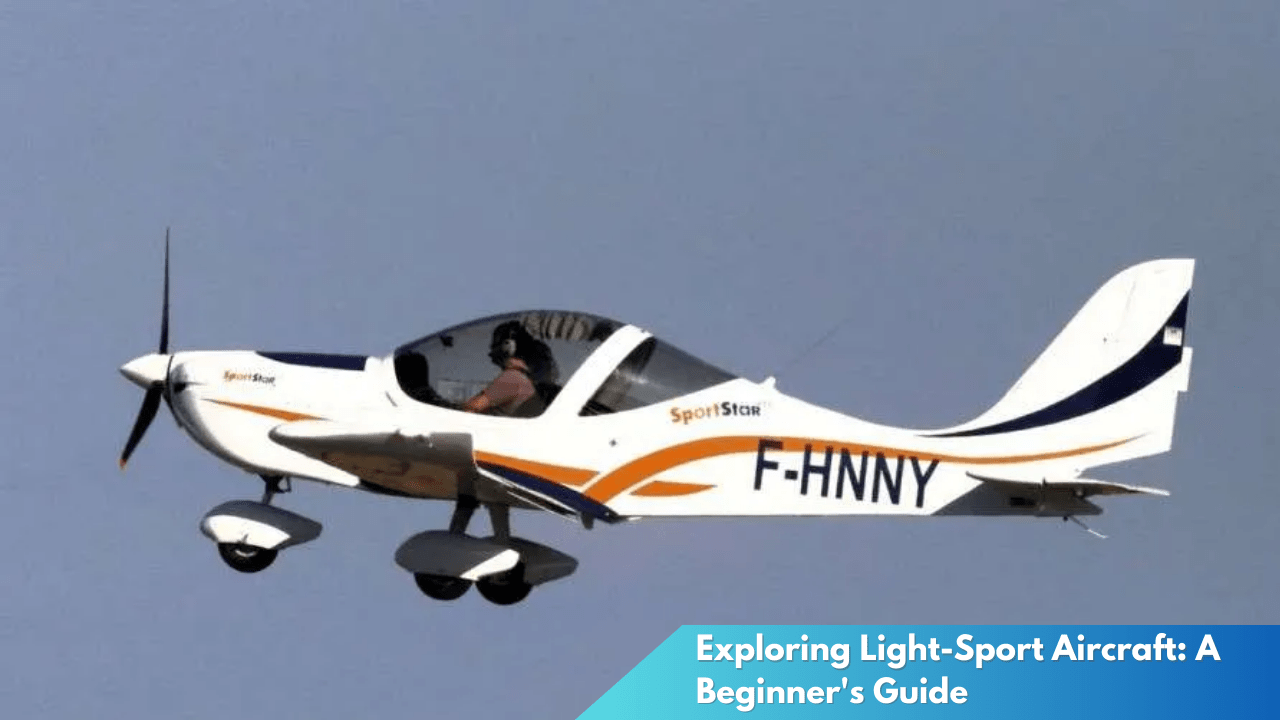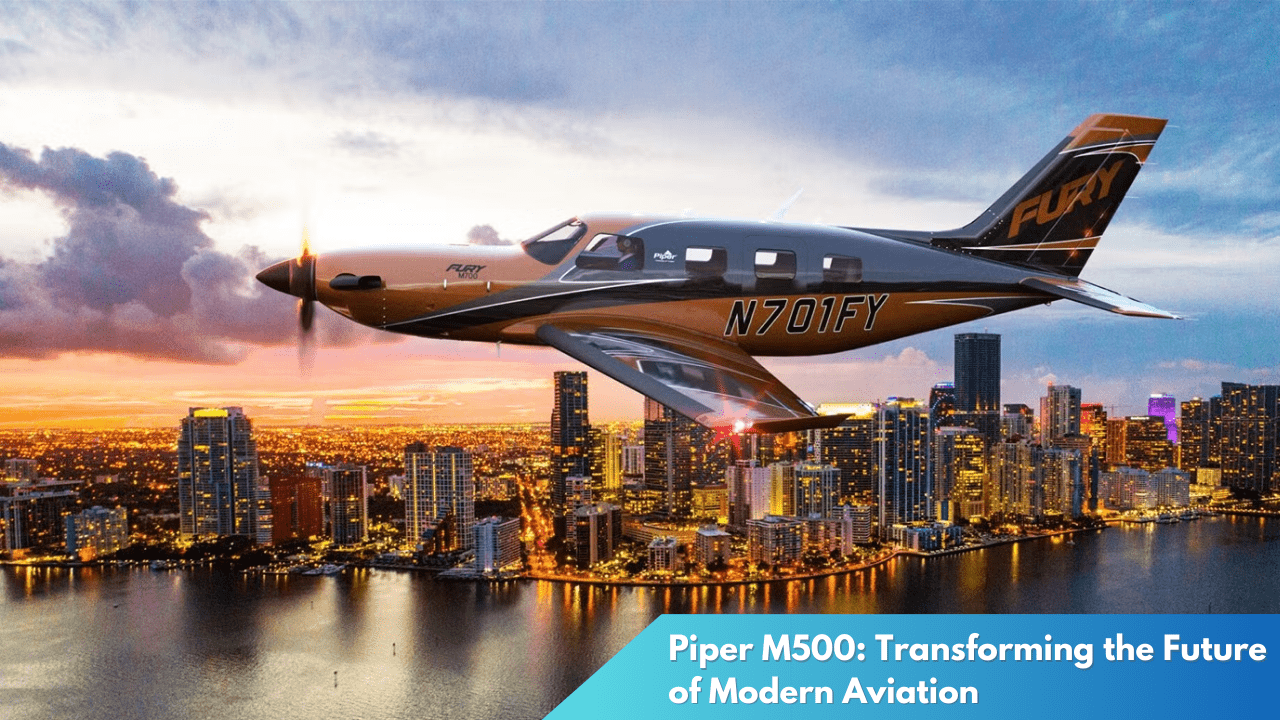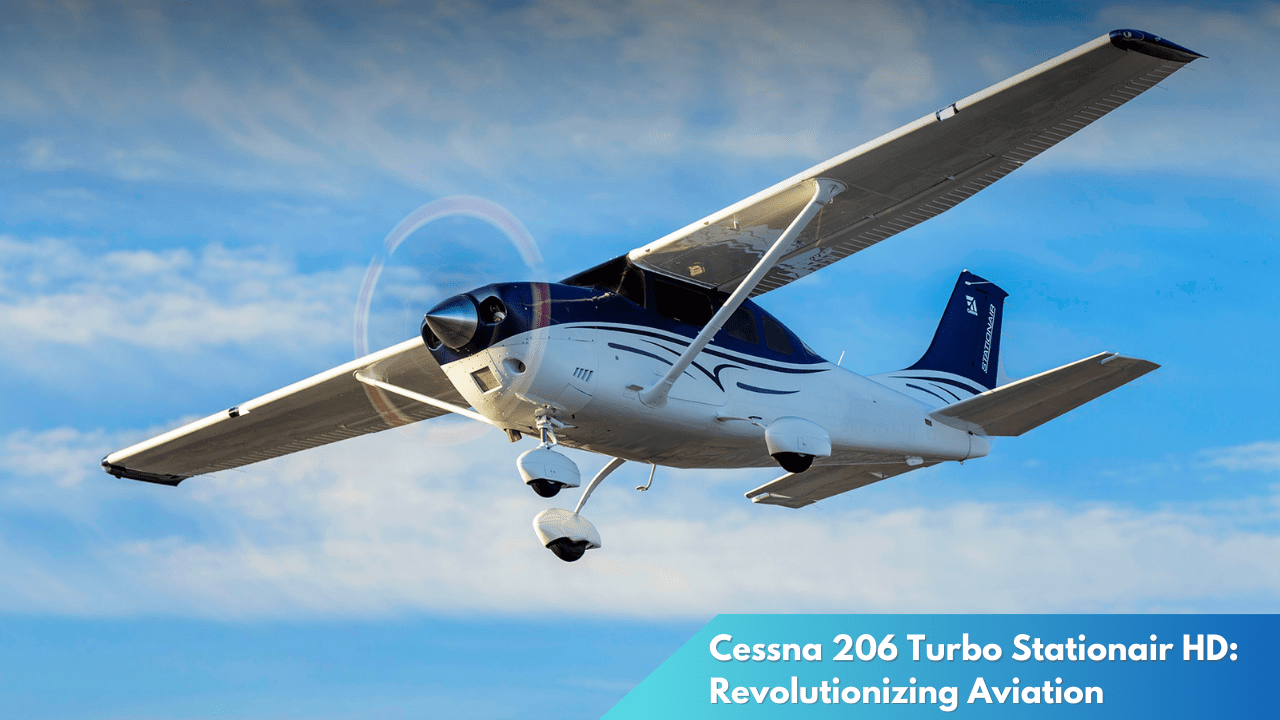Exploring Light-Sport Aircraft: A Beginner’s Guide
In the world of aviation, Light-Sport Aircraft (LSA) have increasingly captured the interest of both novice and seasoned pilots. These aircraft, characterized by their lightweight design and simplified operation, represent a burgeoning segment of the aviation market. In this guide, we delve into what makes LSAs a compelling choice and outline the essential considerations for those contemplating taking to the skies in these nimble machines.
Understanding the Appeal of Light-Sport Aircraft
The allure of Light-Sport Aircraft lies primarily in their simplicity and accessibility. LSAs are designed to be less complex than traditional private aircraft, making them an attractive option for individuals who are new to flying. Typically, these aircraft have a maximum takeoff weight of 1,320 pounds for land planes and 1,430 pounds for seaplanes, and they are limited to two seats. Their straightforward controls and reduced need for maintenance make them ideal for hobbyists and those seeking to ease into the aviation world without the overwhelming technical demands of larger aircraft.
Affordability is another significant factor contributing to the growing popularity of LSAs. The cost of purchasing and maintaining an LSA is generally lower than that of a traditional aircraft, making the dream of flying more accessible to a broader range of people. Many LSAs are priced comparably to high-end automotive vehicles, and they often incur lower operational costs. This economic advantage allows more individuals to experience the joys of flight, whether for recreational purposes or as a stepping stone towards more advanced piloting ambitions.
Furthermore, the Light-Sport Aircraft category offers a diverse array of designs and functionalities, catering to various flying preferences. From sleek, aerodynamic models perfect for cross-country trips, to rugged, amphibious planes suited for tackling both land and water, the LSA market is rich with options. This variety allows pilots to select an aircraft that aligns with their specific interests, whether it’s buzzing around local airspace or exploring off-the-beaten-path destinations.
Key Considerations for Aspiring Aviators
Before taking the plunge into the world of Light-Sport Aircraft, aspiring pilots must consider the regulatory framework governing these vehicles. In the United States, for example, pilots must obtain a Sport Pilot Certificate to operate an LSA. This certification requires a minimum of 20 hours of flight training, which is less than that needed for a Private Pilot License, yet still ensures that pilots gain necessary skills and knowledge. Understanding the certification process and its requirements is crucial for those wishing to pilot LSAs legally and safely.
Another important consideration is the intended use of the aircraft. Prospective LSA owners should evaluate whether their primary interest lies in recreational flying, cross-country adventures, or even as a cost-effective means of personal transport. This assessment will help determine the type of LSA that best suits their needs. Factors such as range, speed, and payload capacity should be carefully weighed against intended activities to ensure the chosen aircraft aligns with the pilot’s aviation goals.
Additionally, aspiring aviators must take into account ongoing costs and responsibilities associated with owning and operating an LSA. This includes expenses such as hangar fees, insurance, fuel, and routine maintenance. Pilots should also be aware of the need for annual condition inspections to ensure their aircraft remains in top working condition. Proper planning and budgeting for these expenses can prevent financial strain and ensure a rewarding flying experience.
Exploring the world of Light-Sport Aircraft opens up a realm of possibilities for aviation enthusiasts. The combination of simplicity, affordability, and diverse design options makes LSAs a captivating choice for both beginners and seasoned pilots alike. By thoroughly considering the necessary certifications, intended use, and ongoing responsibilities, aspiring aviators can make informed decisions that lead to safe and enjoyable flight experiences. As more individuals discover the joys of piloting LSAs, this segment of aviation is poised for continued growth and innovation.



